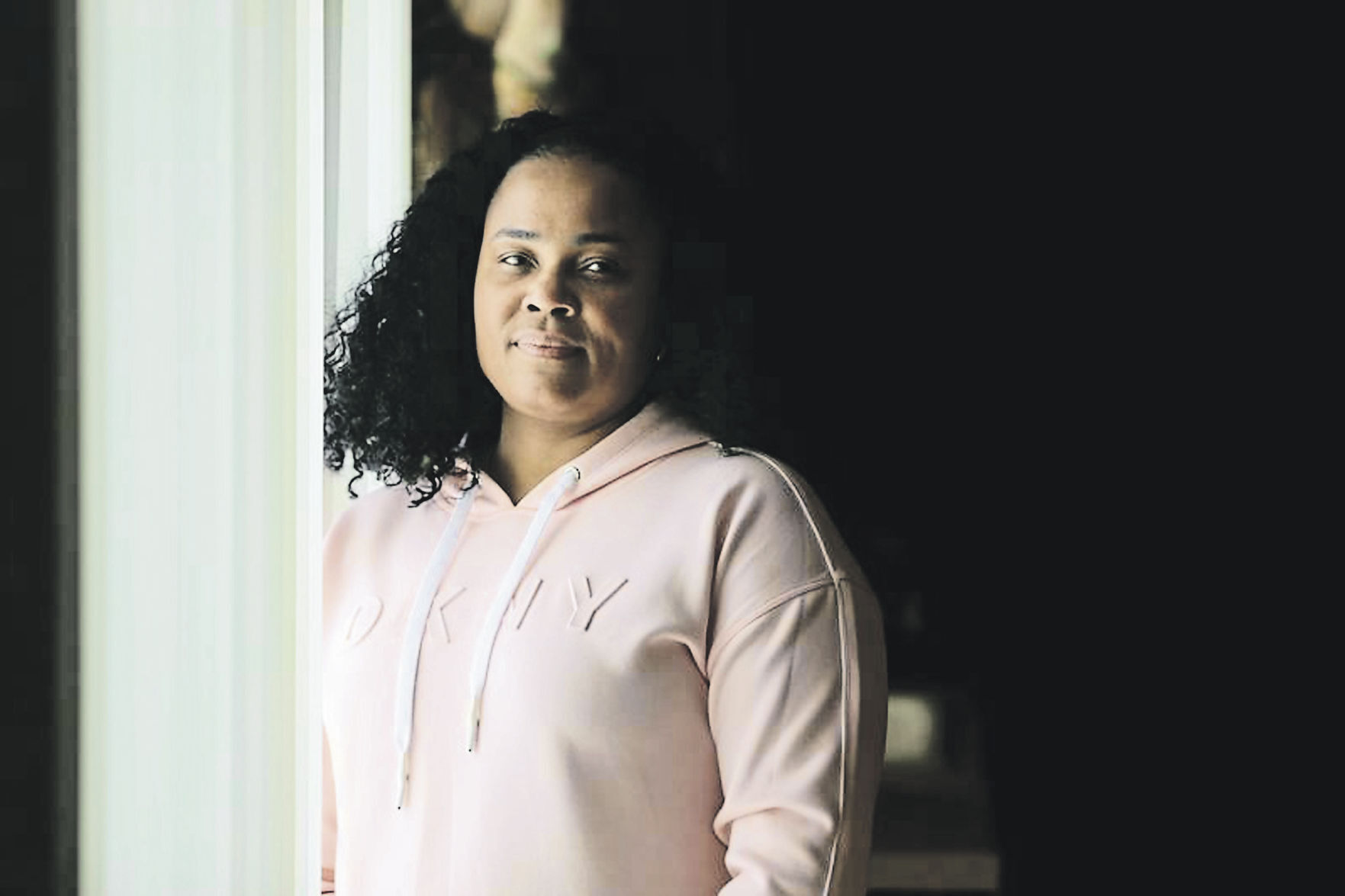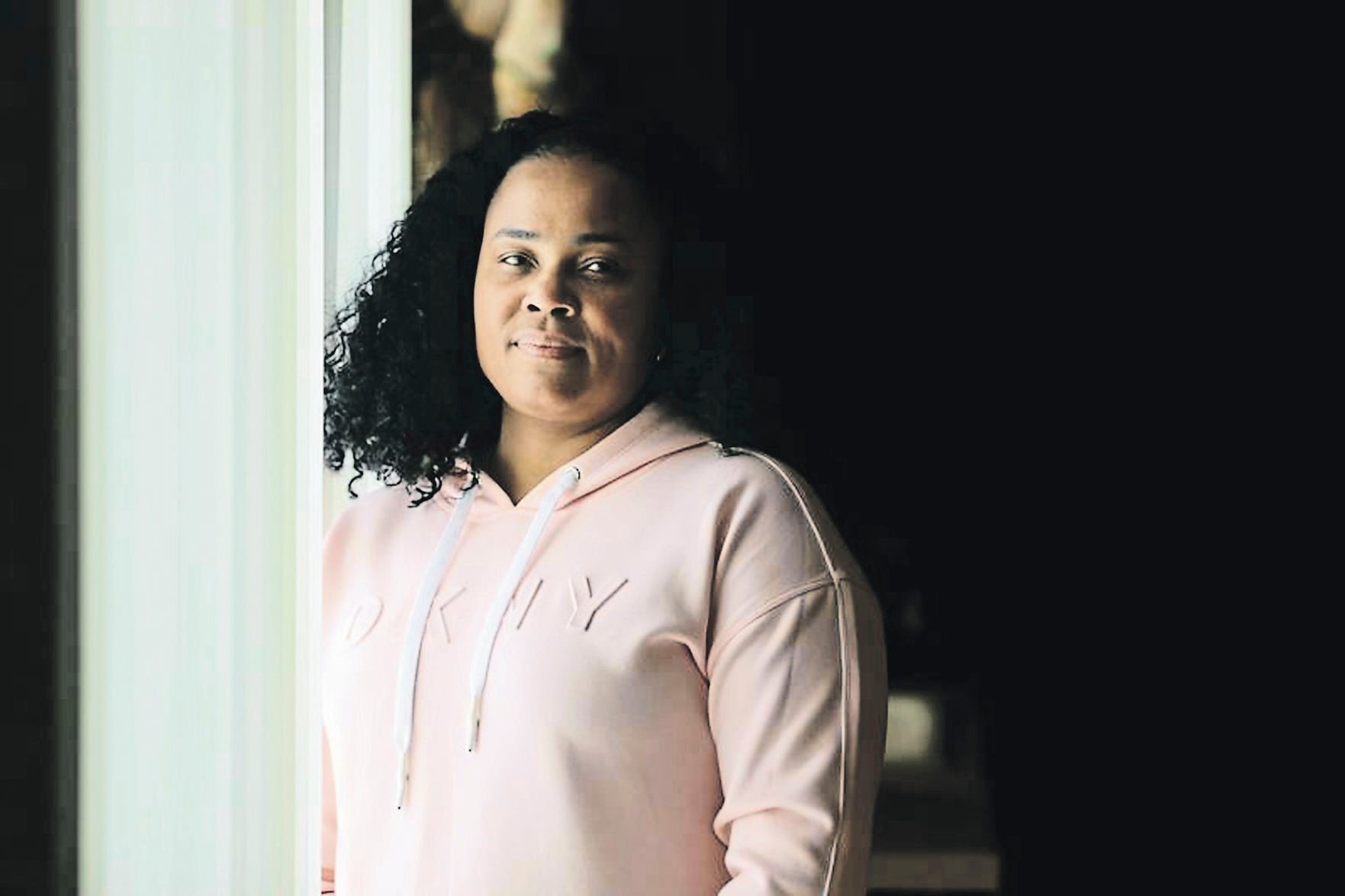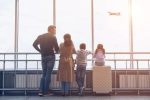Marie Lourdie Pierre-Jacques still breaks down when she recounts the phone call that pulled the rug out from under her.
One of thousands of hotel workers placed on temporary layoff at the start of the pandemic, she thought the October call with her employer was to discuss health insurance. Instead, she said, she was told her layoff was permanent, and she’d have to reapply for any openings.
Pierre-Jacques, 47, who immigrated from Haiti 28 years ago and worked at the Swissotel in downtown Chicago for the past 18 years, was crestfallen. She’d spent long hours away from her two young sons working her way up at the hotel, where she was a full-time banquet server, and thought her job was secure.
Now her family has no health insurance, and she’s worried she won’t find work again.
“I cry because I’m scared about what’s going to be next,” a distraught Pierre-Jacques said from her Bolingbrook home, a few hours after suffering a panic attack that sent her to the hospital. “I fill application, no job call me.”
Women have endured the brunt of the job losses during the pandemic as industries where they make up the bulk of the workforce, such as hospitality, struggle to recover, and continued school and day care closures make it difficult to juggle family with work. It has set back efforts by women, and particularly women of color, to work their way into higher-paying jobs.
Women, though 47% of the U.S. labor force last year, accounted for 55% of the 2020 job losses, according to the National Women’s Law Project. The imbalance continued in January.
While employment among men grew by 200,000 last month, it fell by 21,000 among women, according to federal data.
Women are not just losing jobs but dropping out of the labor force at a higher rate than men. That’s especially pronounced among Black women, who historically are more likely to participate in the workforce than White women.
In January, there were 4.8% fewer Black women in the labor force than a year before, compared with a 3.1% drop among White women, according to data from the Bureau of Labor Statistics.
To be sure, the pandemic has wreaked economic havoc across demographic lines. The 3.6 million unemployed White men in the U.S. last month was more than double the number from a year earlier. Black men continue to have the worst unemployment rate, at 9.4% compared with 6.3% for the overall population.
But immigrant women, mothers and particularly Black mothers, have been hardest hit.
Women with children suffered significantly greater employment declines than other groups, including fathers and women without kids, during the spring, summer and fall of last year, according to a report from the Federal Reserve Bank of Chicago. Moms lost 190,000 more jobs than other groups of workers during the pandemic.
The decline in those who are working or looking for work was most pronounced among Black moms, single moms and moms with no more than a high school education. That’s concerning because the groups hurt most are also those that historically have had the hardest time getting back to work, .
The analysis removed the effect of occupation to try to isolate the impact of child care, which can be more precarious when incomes are lower and support networks are sparse. An interesting finding was that Hispanic mothers suffered the largest declines in the labor force in the spring but by fall were seeing job gains, raising questions about how communities have stepped in to fill the child care void.
“Something really changed there but we don’t know what it is,” Aaronson said. “This is where I would like to know more about multigenerational households.”
Immigrant women also have experienced an outsized share of the nation’s job losses. Before the pandemic their unemployment rate was similar to other groups but it jumped when businesses shut down, hitting 18.5% in May, and as of December remained much higher than U.S.-born women, at 8.4% versus 5.8%, according to the Migration Policy Institute, a nonprofit think tank.
Within the leisure and hospitality industry, which accounted for a third of the nation’s job losses last year, immigrant women suffered higher unemployment than their U.S.-born colleagues, likely because the roles they tend to fill — as housekeepers and waitstaff — saw the largest cuts, the nonprofit said. In addition, immigrant women are more likely to have school-aged children.
The economic blow to working moms of color reflects, among a collision of factors, that they often work in jobs with volatile schedules and that don’t offer family-friendly policies like paid leave.
“When you don’t have those things you will naturally see the parents carrying the largest burden of caregiving dropping out of the workforce,” said Sharmili Majmudar, executive vice president of policy at Women Employed, a Chicago-based advocacy group.
Ashley Johnson, a Black single mom, said she lost several jobs when she kept taking days off because day care and school were closed and she couldn’t find anyone to look after her children. Her mom, who lives in the apartment below hers, used to help but suffered a back injury in a fall, so Johnson is caring for her as well.
“It’s just not having that good of a support system,” said Johnson, 33, who lives in Chicago’s Englewood neighborhood with her 10-year-old daughter, 6-year-old son and a 2.5-year-old foster child.
Johnson, who also contracted COVID-19 and had to take time off, juggled working as a home health aide, a security guard and a custodian to make ends meet.
The school and day care closures during the pandemic dealt a double-whammy to women, because women are overwhelmingly employed by those facilities and rely on them to care for their children. Some day care businesses are folding, fueling fears of a future shortage of child care slots.
Any recovery has to address the structural inequities that led to putting women in such a vulnerable position, said Felicia Davis, CEO of the Chicago Foundation for Women. That includes improving access to affordable, quality child care and raising the state reimbursement rates for day care centers so the people who work there aren’t living on the margins.
It also involves training women for high-growth jobs that can be done remotely, such as tech support or help desk, and instituting policies that promote flexible work, paid leave, protections for part-time workers and close the income and wealth gap, Davis said.
“They could withstand economic pressures if they had more earnings and savings,” Davis said.
A big concern as the pandemic drags on is how long it will take for people to get back to work. Nearly 40% of women who were unemployed in December hadn’t been working for at least six months, according to the National Women’s Law Project.
An extended hiatus from the workforce can have lifetime consequences as people build a smaller nest egg and earn less in Social Security.
Majmudar worries that women are getting knocked off the ladder and will find their options limited when they return to the workforce.
“We are very concerned about what the quality of the jobs are going to be and whether they are jobs people can make a living at,” she said.
Already the poverty rate is rising, with the numbers growing fastest among African Americans. The overall poverty rate in the U.S. rose by 2.4 percentage points from June to December, but increased 5.4 percentage points among Blacks as well as people with no more than a high school education, according to a report from the University of Chicago.
The poverty threshold for a family of four last year was annual income of $26,200.
Ironically, during the first few months of the pandemic the poverty rate declined because of stimulus checks and expanded unemployment insurance benefits, but the expiration of those benefits reversed the positive trend. A new round of relief approved by Congress in December should help, but it is more modest.
While the poverty rate, at 11.8% in December, is lower than it was at the depths of the Great Recession, it shot up faster than has ever been recorded, which presents a unique set of challenges.
“People have a hard time adjusting their living standards,” said economist Bruce Meyer, a professor at the University of Chicago Harris School of Public Policy and co-author of the monthly poverty report. “It means a lot of people are trying to figure out how to get by and they probably have used up the savings they have had and borrowed from family and friends.”
Employment in leisure and hospitality declined by 61,000 last month, following a steep decline of 536,000 in December. Though jobs in hard-hit industries might return when COVID-19 is under control, it’s unclear how fast that will happen or if some businesses have learned to operate with fewer people. Some pivots made of necessity, such as restaurants leaning on takeout, could be permanent.
“We are not expecting those sectors to ramp up back to 100% with any level of speed,” Majmudar said. “It is possible it will not return to pre-pandemic levels.”
The uncertainty is causing great stress for Pierre-Jacques, who started as a busser and battled language barriers to rise through the ranks and earn a good salary and benefits. She feels betrayed after she sacrificed her family life for years for her job.
“Sometimes I will be sleeping and wake up to think, What did we do wrong?” Pierre-Jacques said.
She worries no one will hire her at her age. She worries about medical bills should something happen to her or her kids, one of whom has asthma. She worries she will lose her house.
Her husband, from whom she is separated, was laid off from his job as a bartender at Midway Airport, she said. She is receiving unemployment benefits, paying what bills she can.
Meanwhile, she says, her sons, age 7 and 11, are eager for her to go back to work because she is so sad.
“I fight for my children,” she said. “If not for them, I would not want to wake up.”
Alexia Elejalde-Ruiz writes for the Chicago Tribune.
























